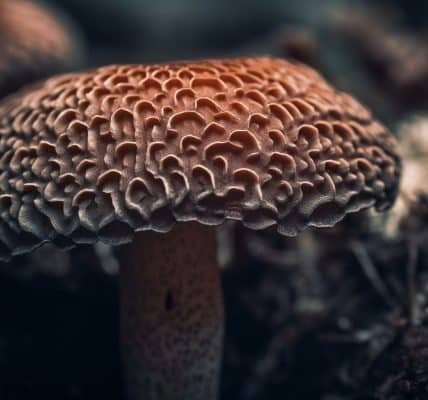More Anticipation Wrinkle

A recent post borrowed an anecdote from memoirist and visual artist Alexander King, who in the late ’50s and early ’60s was one of the first art world figures to bring drug addiction in that subculture to public attention. It gives a glimpse into how addiction subsumes every part of a person — body, mind, spirit, and whatever else may be there for the taking.
King also described how it felt to be deprived of heroin in a no-frills, government-run facility:
I was sure that nobody in the whole world had ever been so deathly sick. I’ll try to explain why it is so tough to cure a drug habit. When you take opiates in any but minute quantities, the body is shocked by these poisons and rejects them. That is normal. What is abnormal is to go on taking the stuff until the body is habituated to this toxic intrusion. The organism achieves this tolerance, finally, by altering the chemical constituency and balance of each of its billions of cells.
So there the wretched addict is, trying to survive inside a physical organism that has been gradually and thoroughly trained to operate under one set of parameters, an organism now stranded and abandoned, without the substance for which a desperate need has been so assiduously cultivated. Hard drug withdrawal can be hell on earth.
It is difficult to think of a behavioral addiction which, if forcibly curtailed, carries such drastic built-in punishment. While there are many parallels between substance addictions and behavioral addictions, we might too easily be led to conclusions that are not entirely valid. A lot of factors come into play that may confound expectations, and also point to some weird similarities, like the trait shared by anorexics and pathological gamblers. Some background will help to make sense of this.
Picking up on the subject of anticipation and dopamine, it has been noted that binge eaters’ tolerance, finally, is a “fairly subtle elevation of dopamine levels in the caudate… in response to food stimulation.” Previous studies by the same team at Brookhaven Lab and the Mount Sinai School of Medicine were written up by lead author Dr. Gene-Jack Wang and…
[…] identified a similar dopamine spike in drug-addicted individuals when they were shown images of people taking drugs, as well as other neurochemical similarities between drug addiction and obesity, including a role for dopamine in triggering desire for drugs and/or food.
The caudate […] is believed to be involved in reinforcement of action potentially leading to reward, but not in processing of the reward per se. That means this response effectively primes the brain to seek the reward, which is also observed in drug-addicted subjects.
For some time, science had proceeded on the theory that the desire for too much food originates with signals from the gut and liver. Then in 2008 at the Oregon Research Institute, obese girls and non-obese girls underwent MRI scans while anticipating, then drinking, chocolate milkshakes. In the obese girls, the brain regions related to reward lit up brighter when they were expecting the treat, than when they actually consumed it. Once the brain was implicated, researchers began to seek out and explore new areas of interest.
Another previous AddictionNews post quotes a paper on addiction and brain reward, and notes that “All addictive drugs have dopamine reward in common. Those suffering from substance use disorders continue to self-administer to maintain dopamine levels within a satisfactory range.” Yet another post quotes Christopher Bergland, writing about the substantia nigra, a brain structure that, among other functions, produces dopamine. He says it “turbocharges reward-seeking behaviors that often drive addiction and cue-induced relapse.”
It has seemed pretty clear that addiction is all about dopamine, the currency of reward. A person continues to self-administer the drug of choice in pursuit of achieving a satisfactory dopamine level. The drug user anticipates the reward that the drug provides, and that anticipation is satisfied by the release of dopamine in response to receiving the drug and experiencing its physical effects. But it appears that things are not always so straightforward, and there is more to it. Apparently, dopamine is not only the reward, but the incentive that goads an individual to pursue that reward.
A further post discussed the substance Srcin1, which can lessen the amount of reward experienced by the drug user, but also noted that administering it in an attempt to discourage drug use might not help at all, because hard drug addicts can be very persistent in pursuing the reward. A medication that dampens the desired sensation (even if that sensation is numbness) would quite likely encourage users to take in larger amounts of their substance of choice, to overcome that dampening effect, leading to their more dedicated pursuit of the anticipated high, or to their death by overdose.
(To be continued…)
Written by Pat Hartman. First published July 11, 2024.
Sources:
“Mine Enemy Grows Older” by Alexander King
“Binge Eaters’ Dopamine Levels Spike at Sight, Smell of Food,” Gov/newsroom/news, February 28, 2011.
“UO researchers use milkshakes to study brain, obesity,” OregonLive.com, October 16, 2008. 10/16/08.
Image Copyright: Marc Majcher/ATTRIBUTION-SHAREALIKE 2.0 GENERIC




